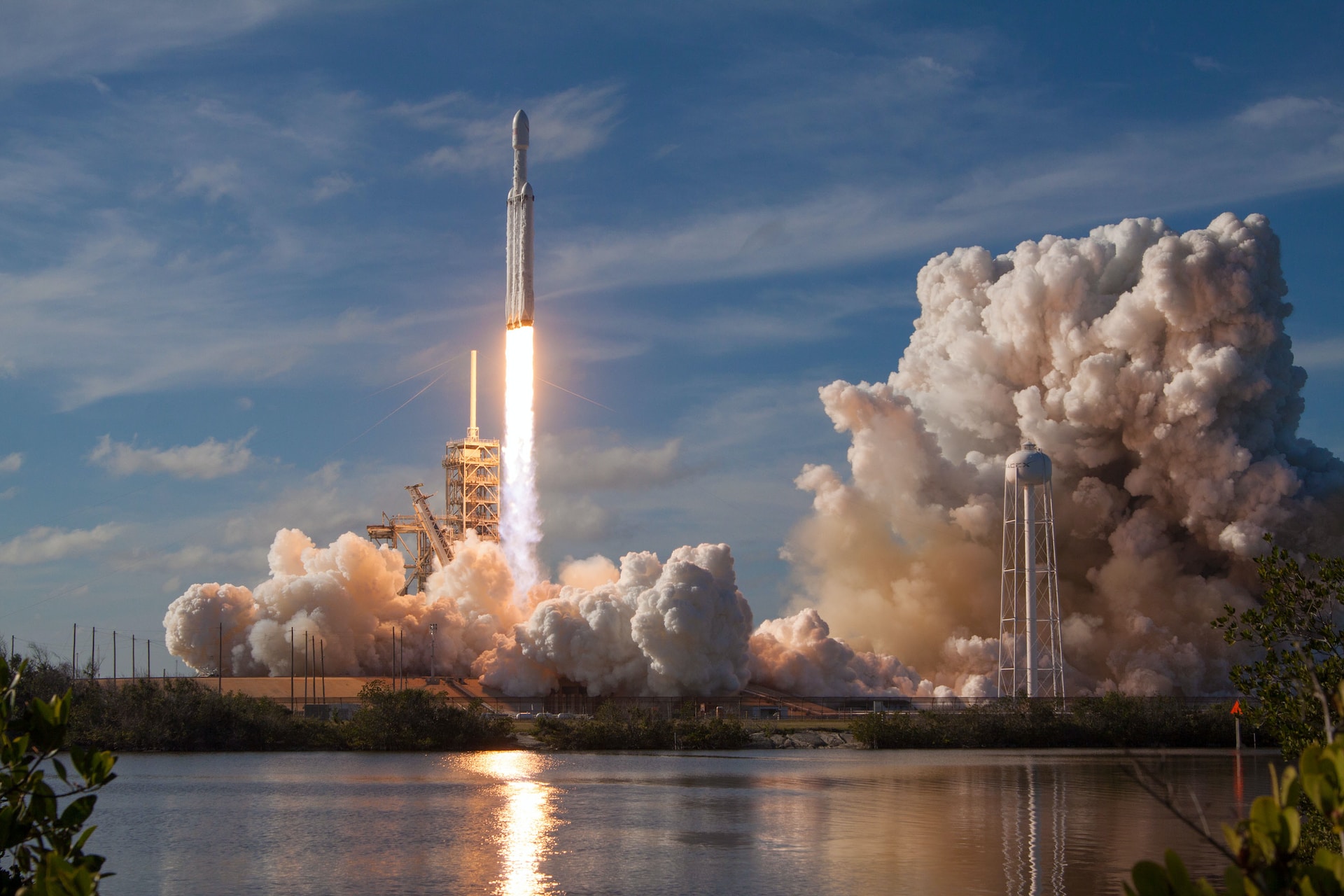SpaceX publishes amazing images of its sixth successful Falcon Heavy mission. After two postponements, the rocket successfully launched on April 30 from the Kennedy Space Center in Florida and put three payloads into orbit, including the ViaSat 3 Americas broadband satellite — the first of at least three new-generation geostationary satellites created by Boeing for California-based ViaSat.

On Tuesday, SpaceX released a surreal video showing how the fairing of a reusable rocket returned to the Earth’s atmosphere at high speed.
“Fairing reentry on the ViaSat-3 mission was the hottest and fastest we’ve ever attempted. The fairings re-entered the atmosphere greater than 15x the speed of sound, creating a large trail of plasma in its wake, ” SpaceX said in a statement.
Fairing reentry on the ViaSat-3 mission was the hottest and fastest we’ve ever attempted. The fairings re-entered the atmosphere greater than 15x the speed of sound, creating a large trail of plasma in its wake pic.twitter.com/VgdlH6r3yR
— SpaceX (@SpaceX) May 2, 2023
The company added that when the fairings returned, they passed the longest braking path in the atmosphere among all missions, which amounted to almost 2000 km. “This is almost a third of the way to Africa!” — compared in SpaceX.
Fuel shortage
Falcon Heavy consists of three Falcon 9 first stage fairings that are capable of landing on Earth so that they can be reused.
Usually, a network of landing platforms in the ocean awaits the return of the fairings, on which they smoothly and independently land. But Sunday’s mission assumed a higher orbit than usual, so the boosters didn’t have enough fuel for the return flight and landing, causing them to fall into the ocean. Even in this case, SpaceX will get the boosters and repair them for future use.
Two of the Falcon 9 fairings have already made several flights. One of them previously supported the Arabsat-6A, STP-2, COSMO-SkyMed second generation FM2 and KPLO missions, as well as three Starlink missions, and the other supported the Arabsat-6A and STP-2 missions.
Sunday’s Falcon Heavy mission was its second flight this year and sixth overall after its first launch in 2018. The next flight is scheduled for June 23.
Earlier we reported about how a Falcon Heavy rocket was hit by lightning before it took off.
Follow us on Twitter to get the most interesting space news in time
https://twitter.com/ust_magazine

